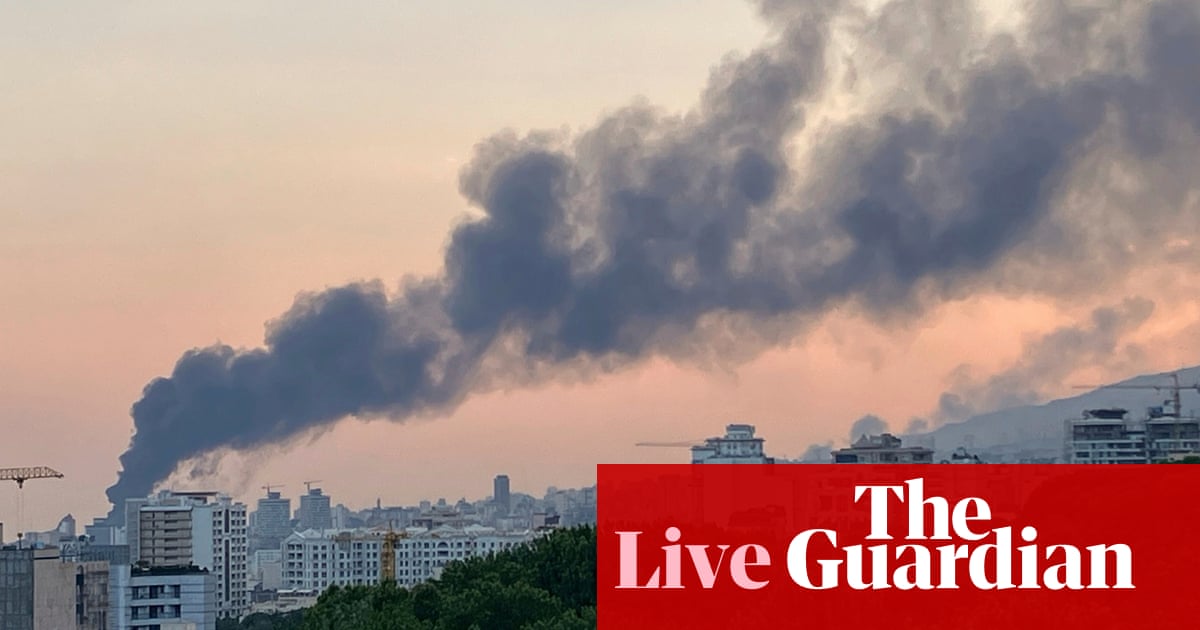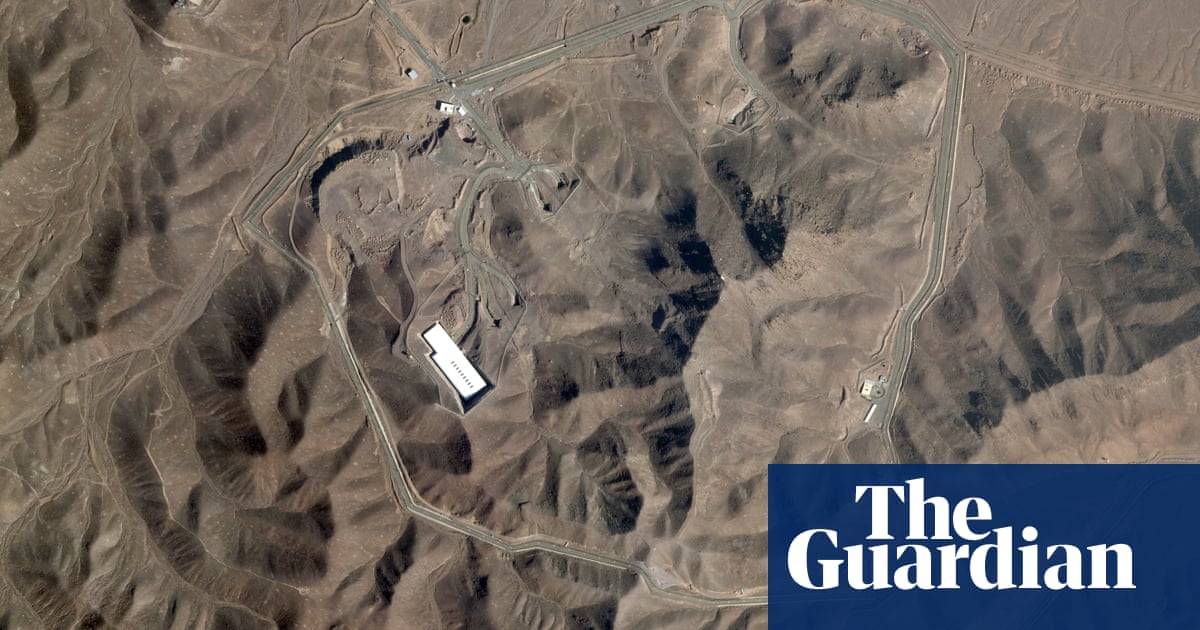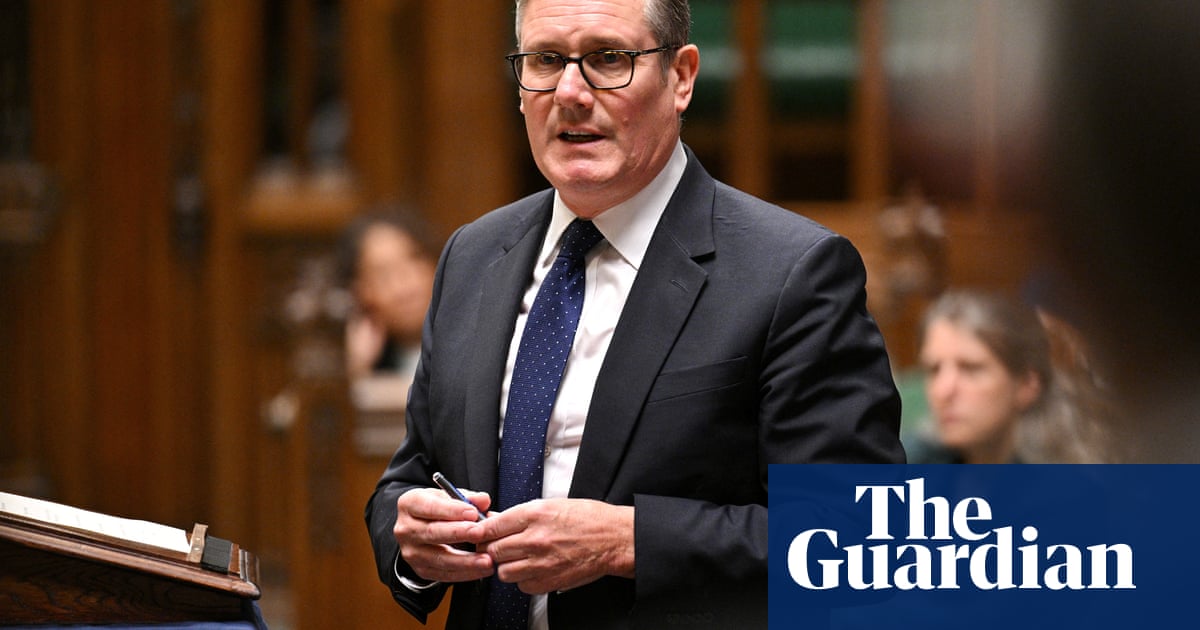Australian tropical rainforest trees have become the first in the world to switch from being a carbon sink to an emissions source due to increasingly extreme temperatures and drier conditions.
The change, which applies to the trees’ trunk and branches but not the roots system, began about 25 years ago, according to new research published in Nature.
Trees store carbon as they grow and release it when they decay and die. Overall, tropical forests are thought to be carbon sinks – absorbing more CO2 than they release – and uptake is assumed to increase amid rising atmospheric concentration.
But nearly 50 years of data collected from tropical forests across Queensland has revealed this crucial carbon sink could be under threat.
About 25 years ago, tree trunks and branches in those forests became a net emitter, with more trees dying and insufficient new growth, according to the research.
“It’s the first tropical forest of its kind to show this symptom of change,” said lead author, Dr Hannah Carle from Western Sydney University.
“We know that the moist tropics in Australia occupy a bit of a warmer, drier climate space than tropical forests on other continents, and therefore it might serve as a future analog for what tropical forests will experience in other parts of the world.”
Prof Adrienne Nicotra from Australian National University, a co-author of the study, said it remained to be seen whether Australia’s tropical forests were a harbinger for other tropical forests globally, and further research was needed.
But if so, the findings could have significant implications for global climate models, carbon budgets and climate policies.
“This paper is the first time that this tipping point of a switch from a carbon sink to a carbon source in tropical rainforests has been identified clearly – not just for one year, but for 20 years,” said Prof David Karoly, an emeritus professor at the University of Melbourne and an expert in climate change science.
Karoly, who was not involved in the research, said on a global scale, the share of carbon dioxide absorbed by forests, trees, and plants had been quite stable over the last 20 to 30 years, which was assumed to continue under many climate models and policies.
But if similar shifts – from sink to source – were observed in other rainforests, climate projections may underestimate global warming in future. “Which is bad news,” he said.
after newsletter promotion
Even though the balance between gains and losses had shifted, these forests were still playing an important role in soaking up CO2, Karoly said. But their reduced capacity to absorb extra carbon would make emissions cuts “a lot harder”, and require an even more rapid transition away from fossil fuels.
The analysis drew on a unique set of forest data dating back to 1971, including records tracking roughly 11,000 trees across 20 forest sites in Queensland. It considered the carbon stored above ground in tree trunks and branches, but not the gains and losses below ground from soil and roots.
Dr Raphael Trouve, who studies forest dynamics at the University of Melbourne and was not involved in the study, said the research highlighted the value of collecting and maintaining long term data.
Trouve’s own research published earlier this year, which found mountain ash forests were thinning rapidly under drier and hotter conditions, relied on a different 50-year dataset collected in Victorian forests.
The surprising findings in tropical rainforests showed the value of the data in quantifying changes in the environment, he said.
“We thought the forest would be able to store more carbon because [CO2] is increasing. But looking at these long term empirical datasets, we find that is not the case – it allows us to confront the theory with reality and better understand how these systems work.”

.png) 4 hours ago
2
4 hours ago
2

















































